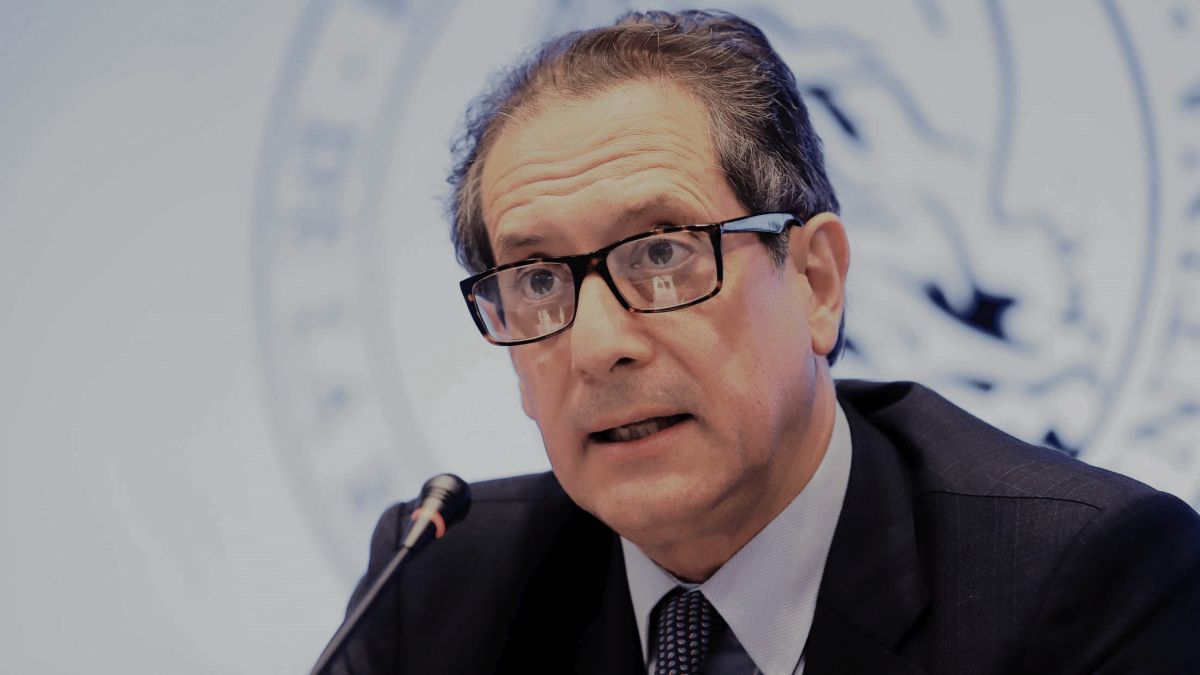Demand for hedging via futures accelerated last month. In electoral mode, a large part of the market warns of a shortage of reserves (the net is around US $ 4.7 billion, according to PPI calculations) that would make a change in exchange rate policy inevitable in favor of a more accelerated depreciation . This caused the rates implicit in the contracts of early 2022 to escalate above 70% in anticipation of a post-election exchange rate jump. The same occurs with the dollar linked bonds in 2022 and 2023, which deepened their negative returns.
Instead, the government rules out a depreciation scenario, as Martín Guzmán recently pointed out. He ponders the purchase of more than US $ 200 million that the Central managed to make last month after restricting the advance payment of imports (now made more flexible) and despite being a seasonally unfavorable moment of the year. Thus, it ensures that it has sufficient tools to sustain its exchange rate anchor policy with which it tries to contribute to a slowdown in inflation.
In this context, official sources told this newspaper that in October the entity chaired by Miguel Pesce obtained a profit of $ 1,000 million from the settlement of futures contracts against investors who bet on a higher rate of devaluation. That same mismatch of expectations allowed him to pocket $ 23,500 million via the future dollar in 2020 against a market that predicted a depreciation that did not materialize. The economic cabinet hopes that this year’s film will repeat the same outcome.
Contracts
In October, for now, the monetary authority had to increase its intervention with the sale of contracts for up to around US $ 3.5 billion. The data shows a greater demand for market coverage since in September it had closed with a sold position of US $ 1,770 million. However, it was still 40% below the closing level of October 2020 (US $ 5.683 million) and 60% below the maximum that it had come to sell that same month at the peak of the run (US $ 8. 400 million).
In the official offices, they consider that this reflects that, despite the electoral context, the devaluation pressure is significantly lower than last year and that there is still an important margin to intervene in this square if necessary. Beginning in November, the BCRA has sold futures contracts for around 30% of the October level, although it is expected to grow as the days go by.
While in the market they expect the pressure to grow in the next two weeks in the different exchange hedging markets: futures, dollar linked (in both cases in pesos and at the official exchange rate) and financial dollars (to go directly to hard currency ). For the time being, the Central maintained the cash settlement (CCL) negotiated with the AL30 bond below $ 180 due to its interventions and the CNV regulations, in charge of Adrián Cosentino, but the non-intervened versions of the CCL ( traded with shares or bilaterally) closed yesterday near $ 215.
In the Government, on the other hand, they hope to weather the pressures of the electoral context, which coincide with the months of lower foreign exchange earnings due to seasonal factors, until the currencies of the heavy harvest begin to arrive in March. An official source told Ámbito that in November and going forward, the BCRA will maintain its foreign exchange strategy pending the consolidation of a process of reducing inflation.
Along these lines, the economic cabinet tries to minimize the drain on reserves. For this reason, in the easing of the stocks for the advance payment of imports to bring supplies, approved last Thursday, the Central put as a ceiling the average of purchases made in the last twelve months: the objective is to avoid overstocking by those who speculate with a devaluation . In addition, it maintained the limitations for advances in the case of capital goods until the end of this month, waiting for the flow of foreign currency to become positive in December. Meanwhile, the outflow of foreign currency for debt payments continues: yesterday, the Government paid US $ 390 million to the IMF for interest on the multimillion dollar loan that Mauricio Macri took.
Source From: Ambito
David William is a talented author who has made a name for himself in the world of writing. He is a professional author who writes on a wide range of topics, from general interest to opinion news. David is currently working as a writer at 24 hours worlds where he brings his unique perspective and in-depth research to his articles, making them both informative and engaging.




